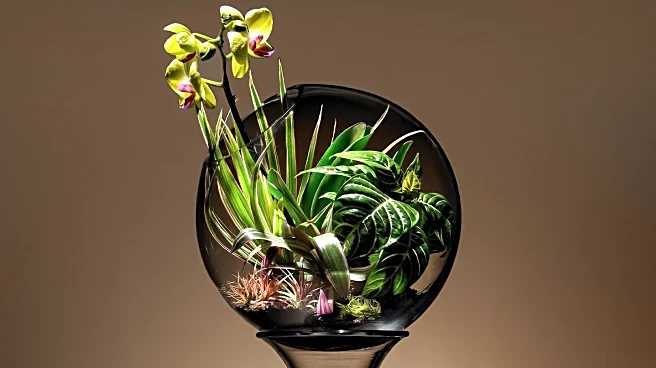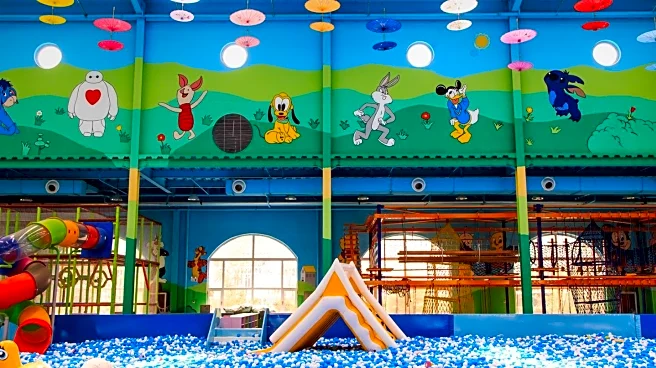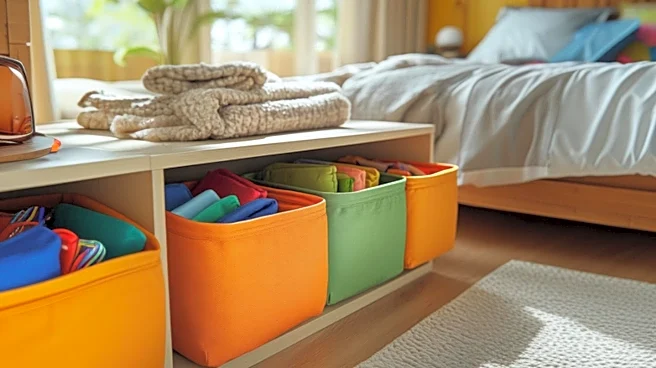What's Happening?
Limor Ben Shoshan, a designer and collector, has converted her 150-square-meter rented apartment in Jaffa into a dynamic showroom for vintage items, rugs, and furniture sourced globally. Her home, located on Tsihatli Street, serves as both a living space and a concept store, offering a unique blend of personal and commercial use. Ben Shoshan's passion for design, influenced by her family's background in the field, has led her to create a space that feels like a hidden flea market. The apartment features a variety of items, including a Persian runner rug, vintage benches, and imported furniture pieces, all available for sale. Her collection includes items sourced from exhibitions and markets, reflecting her keen eye for unique finds.
Why It's Important?
This transformation highlights the growing trend of integrating personal living spaces with business ventures, particularly in the realm of design and vintage collections. Ben Shoshan's approach offers a model for how individuals can leverage their personal interests and collections into profitable enterprises. This trend could influence the real estate market, encouraging more flexible living arrangements that accommodate both residential and commercial uses. It also underscores the importance of creativity and adaptability in business, as Ben Shoshan has successfully turned her passion into a thriving showroom, attracting customers interested in unique and vintage items.
What's Next?
Ben Shoshan plans to continue expanding her collection, attending international exhibitions to source new items. Her business model may inspire other designers and collectors to explore similar ventures, potentially leading to a rise in home-based showrooms. As her collection grows, she may need to consider additional space or partnerships to accommodate the increasing inventory. The integration of personal and commercial spaces could also prompt discussions on zoning regulations and the support needed for such innovative business models.
Beyond the Headlines
The ethical implications of sourcing vintage items, particularly from international markets, may become a topic of interest. Ensuring that items are acquired responsibly and sustainably could be a focus for Ben Shoshan and others in the industry. Additionally, the cultural significance of preserving and showcasing vintage items offers a way to connect with history and heritage, providing educational opportunities for customers and the community.











